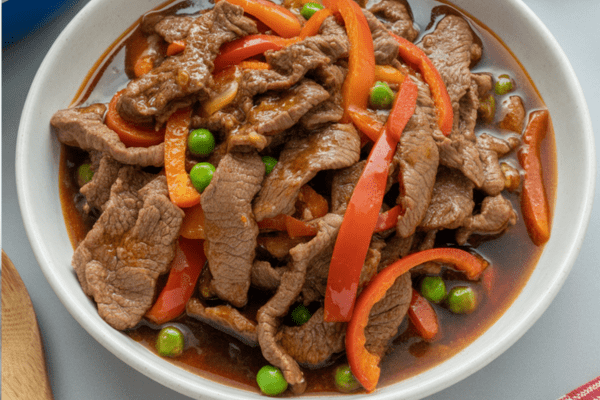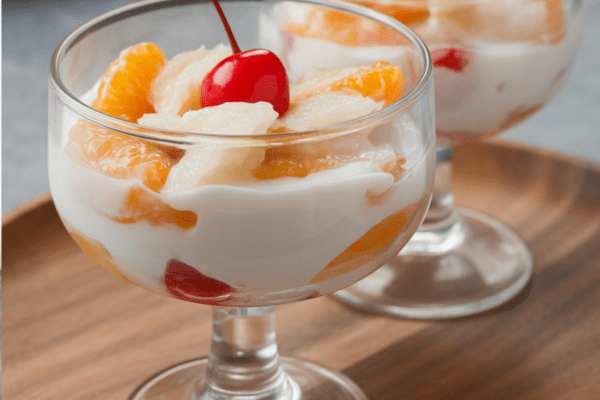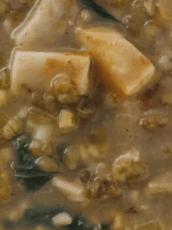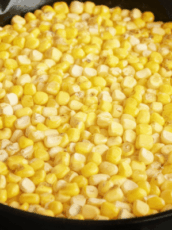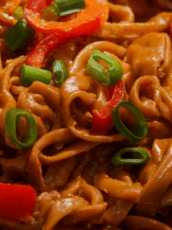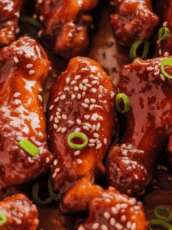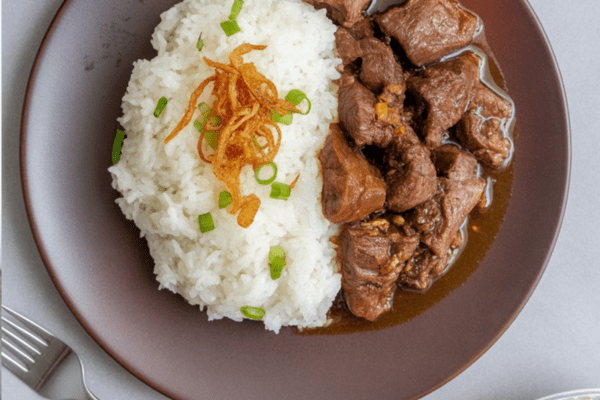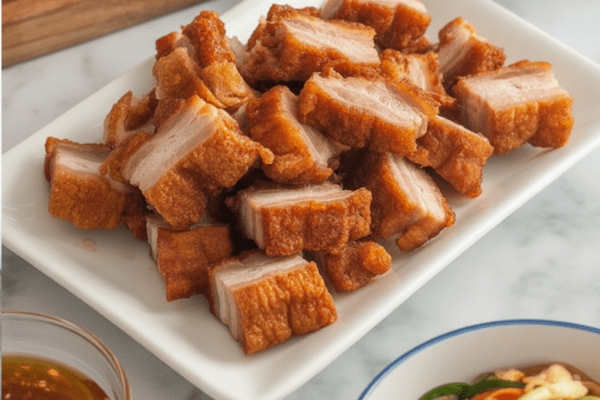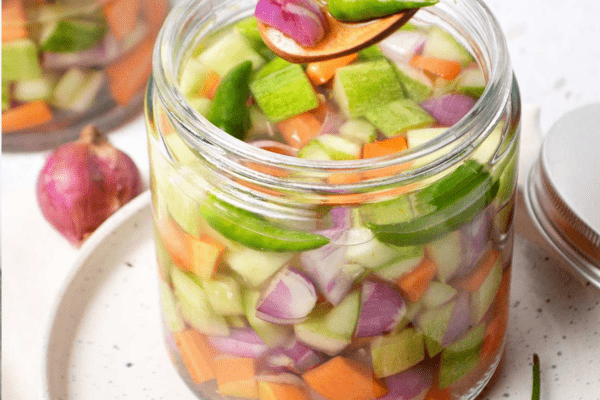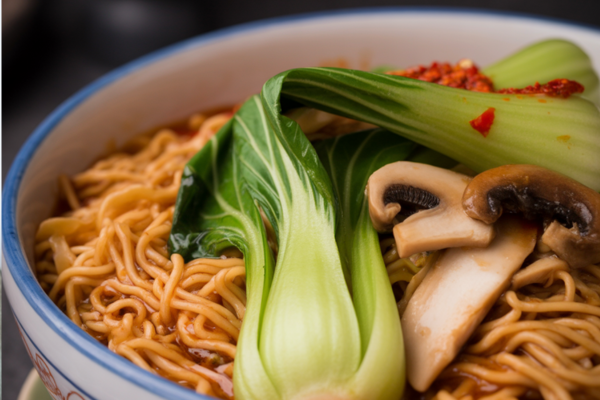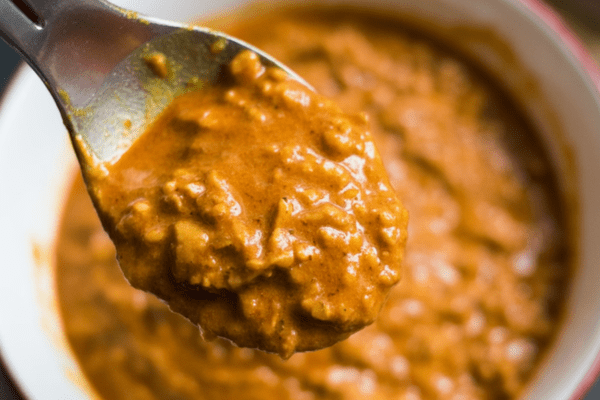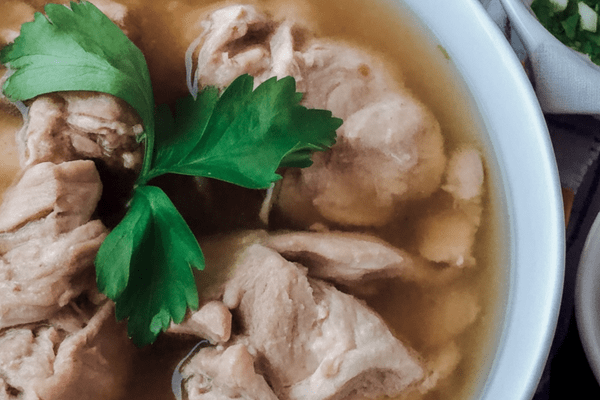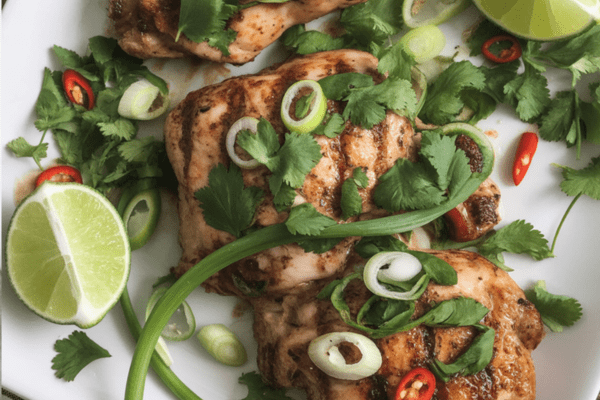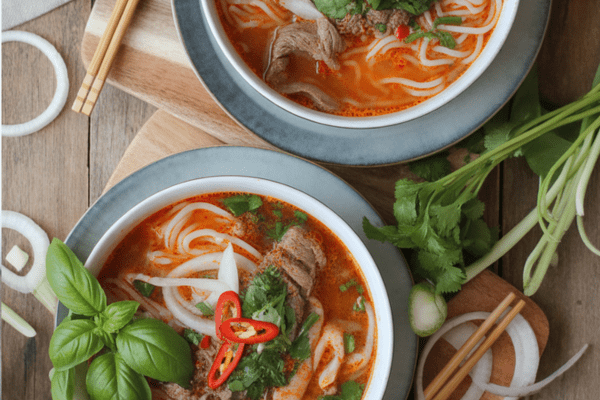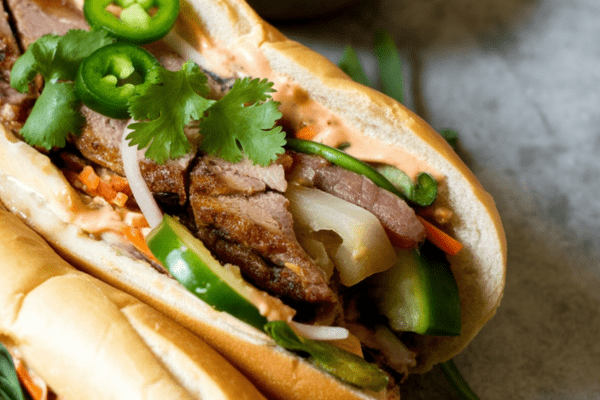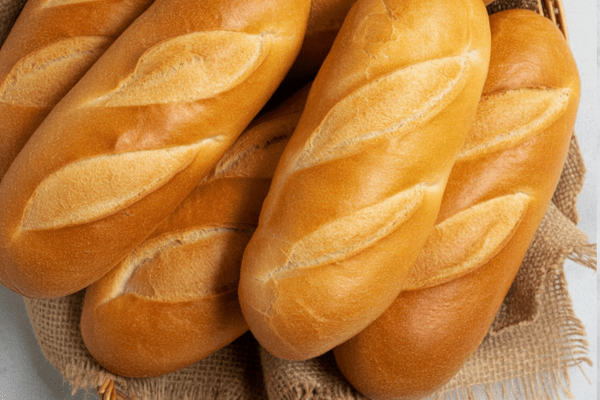I love making these creamy Japanese egg sandwiches at home, especially on days I want something simple but satisfying. Tamago Sando is one of those foods you find everywhere in Japan—convenience stores, bakeries, train stations—and it’s no surprise. It’s all about the texture: silky, rich, and beautifully balanced.
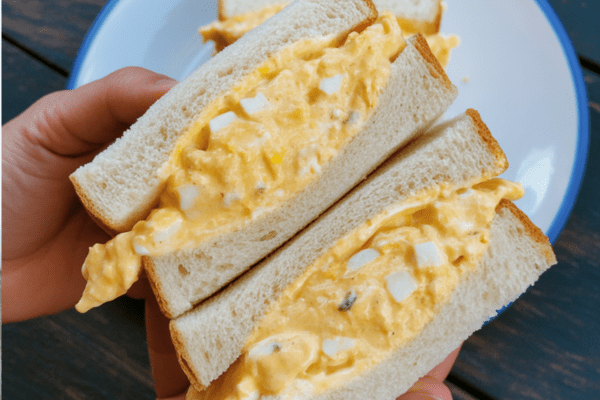
I’ve tried a lot of versions over the years, tweaking and testing. This one is my go-to. It uses good eggs, Japanese mayo for that unmistakable flavor, and soft, fluffy bread. It’s perfect for breakfast, lunch boxes, or just a quick snack with a cup of tea.
Why This Egg Sandwich Is Worth Making
This isn’t your average egg salad sandwich. The filling is extra creamy because you treat the yolks and whites separately. The yolks get mashed smooth with mayo and a touch of sugar, while the chopped whites add that little bit of bite.
It reminds me of the first time I had one in Tokyo, grabbing a sandwich at a Lawson store late at night. I was amazed by how soft and custardy the filling was. When I got home, I couldn’t stop trying to recreate it. I think you’ll love this method as much as I do.
Ingredient Notes and Tips
Eggs
I always say use the best eggs you can find. Free-range eggs have yolks that are a deep golden color and a richer taste. It really shows in the final sandwich.
Japanese Mayo
This is the big one. Kewpie is my favorite, and I keep it in my fridge all the time. It’s made only with egg yolks and rice vinegar, which gives it a sweeter, tangier taste than typical American mayo. If you can find it, use it. If not, regular mayo works in a pinch, but you might want to add a splash of rice vinegar or a pinch of sugar to mimic the flavor.
Bread
Soft, pillowy milk bread is traditional. I usually get mine from the Asian bakery near me. It’s incredibly fluffy and makes the sandwich feel like a treat. Regular white sandwich bread can work too, but if you can find milk bread, go for it.
Sugar and Black Pepper
The sugar isn’t there to make it “sweet” but to balance the richness. It’s subtle. The black pepper gives a little lift without overpowering anything.
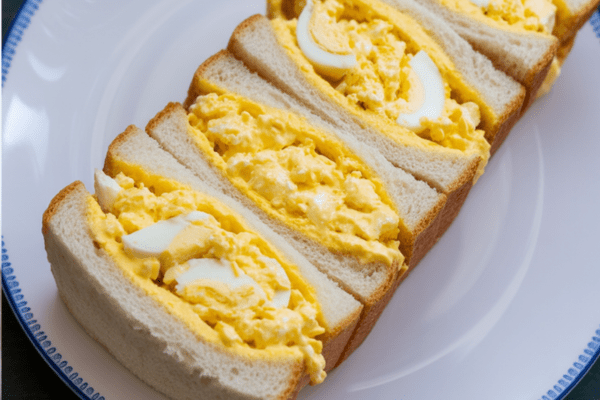
A Note on MSG
People often ask if Kewpie mayo is safe because it contains MSG. There’s been a lot of bad press about MSG over the years, but most of it is overblown. I’ve cooked with it for years, and there’s no problem in these small amounts. Think about all the chips and salad dressings you already eat that have it. I say don’t worry about it—just enjoy the umami kick.
My Favorite Way to Serve It
I love making a few of these sandwiches in the morning, pressing them gently to get that neat café look. Sometimes I’ll cut off the crusts if I want them to look pretty for a lunch box.
At home, I’ll even toast the bread very lightly for a tiny bit of texture contrast, though that’s not traditional. And when I’m really treating myself, I’ll serve it with a little cup of clear soup or some pickles on the side for a simple but complete meal.
Ingredients
- 10 extra-large free-range eggs
- ¼ cup Japanese mayo (Kewpie recommended)
- 1 teaspoon sugar
- Black pepper, to taste
- Soft milk bread
How I Make It
Fill a pot with water and add about a tablespoon of vinegar. The vinegar helps the shells peel off more easily later. Bring the water to a rolling boil, then gently lower in the eggs.
Cook for about 10 minutes. You want them set but not chalky.
When the timer goes off, move the eggs to an ice bath. Let them sit for 5 minutes. This not only cools them but makes peeling a breeze.
Peel the eggs, then carefully separate the yolks and whites into two bowls.
Mash the yolks with the mayo, sugar, and a good pinch of black pepper. You’re looking for a really smooth, almost custard-like paste.
Chop the egg whites into small pieces—think little cubes for texture—and fold them into the yolk mixture gently.
Spoon the egg salad onto slices of milk bread. I usually add a good thick layer so you really get that creamy filling in every bite.
Press the sandwiches with a light weight (I use a plate with a can on top) for about 5 minutes. This step gives them that tidy, classic look.
If you want, trim off the crusts for that perfect café style. Cut in half or quarters, and they’re ready to eat.
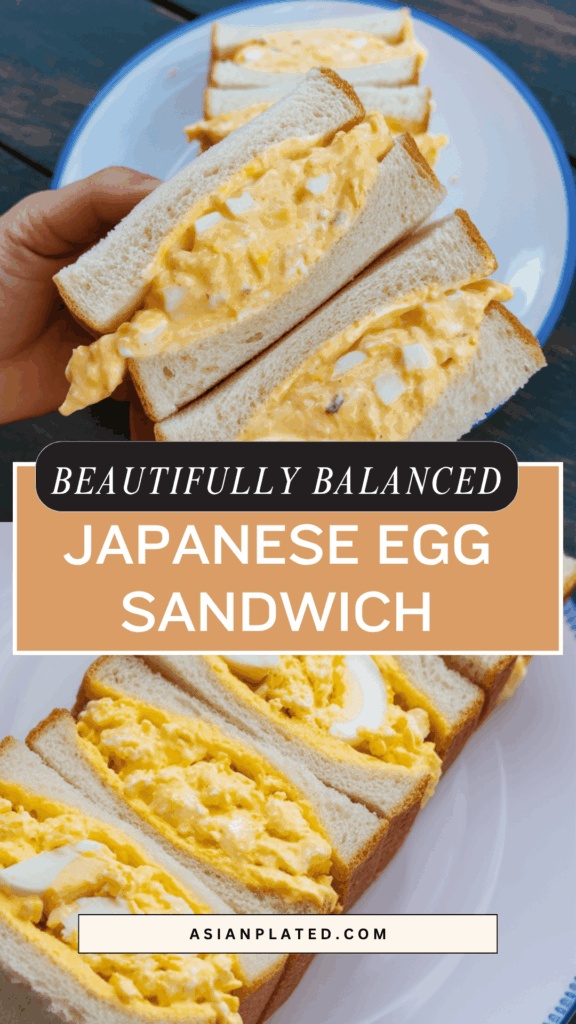
Cooking Notes and Variations
- If you want it extra rich, add a bit more mayo. I do this when making them for adults.
- For kids, I sometimes reduce the pepper so it’s even milder.
- You can use whole wheat bread if you want, though it’s not traditional.
- Sometimes I sneak in a tiny bit of Dijon mustard if I want a sharper taste, but that’s definitely not classic.
Storage Tips
These sandwiches are best eaten fresh because of the creamy filling. But if you want to make them ahead for lunch boxes, I recommend wrapping them well in plastic wrap and keeping them in the fridge for up to 8 hours. They’ll stay soft and creamy if you do this.
FAQ
Can I use regular mayo?
You can. It won’t be quite the same, but it’ll still be good. Add a splash of rice vinegar if you want to get closer to the Kewpie taste.
Do I have to separate yolks and whites?
You don’t have to, but that’s what gives the filling its silky texture. Mixing everything together without separating will be chunkier and less creamy.
What bread works best?
Milk bread is ideal. Super fluffy white sandwich bread is a decent substitute.
Japanese Egg Sandwich

If you've ever wandered through a Japanese convenience store, you've probably seen these iconic sandwiches neatly lined up—pillowy soft milk bread hugging a rich, velvety egg salad.
Ingredients
- Milk bread (enough for 4 sandwiches)
- 1 tsp sugar
- 10 extra-large free-range eggs
- Freshly cracked black pepper, to taste
- ¼ cup Japanese mayonnaise
Instructions
- Boil the Eggs : Fill a pot with water and add a splash of vinegar—this little trick makes peeling a breeze. Bring to a boil, gently lower in the eggs, and cook for 10 minutes.
- Chill and Peel : Transfer the cooked eggs to an ice bath for five minutes to cool down and stop the cooking. Peel once cool.
- Separate and Mix : Slice the eggs in half. Place all the yolks into a bowl and set the whites aside. Add sugar, black pepper, and Japanese mayo to the yolks. Mash everything together until smooth and creamy.
- Fold in the Whites : Chop the egg whites into small bits and gently fold them into the yolk mixture.
- Assemble the Sandwich : Generously spread the egg salad between two slices of milk bread. For that classic tamago sando look, place a clean plate on top and let it sit for five minutes to slightly compress.
- Serve : Trim off the crusts (if desired) and slice in half or into thirds. Serve immediately and enjoy the creamy richness in every bite.
Notes
- Bread matters: Japanese milk bread (shokupan) is ideal, but any soft, fluffy white bread will do.
- Why Japanese mayo?: Made only with egg yolks and rice vinegar, it's richer and slightly tangier than American mayo, adding that signature umami flavor.
- No need to fear MSG: It's a common and safe flavor enhancer found in many foods you already eat.
Nutrition Information:
Yield: 4 Serving Size: 1Amount Per Serving: Calories: 160Total Fat: 13gSaturated Fat: 3gTrans Fat: 0gUnsaturated Fat: 10gCholesterol: 70mgSodium: 171mgCarbohydrates: 7gFiber: 0gSugar: 2gProtein: 3g
Asianplated.com, occasionally offers nutritional information for recipes contained on this site. This information is provided as a courtesy and is an estimate only. This information comes from online calculators. Although allchickenrecipes.com attempts to provide accurate nutritional information, these figures are only estimates.
How long do they last?
Best eaten the day you make them. If you must store them, keep them in the fridge wrapped tight for up to 8 hours.
I hope you give this a try. It’s one of those recipes that looks humble but feels special every time I make it. If you do try it, let me know how it went—I always love hearing how other people make it their own.
Try other Japanese recipes:

